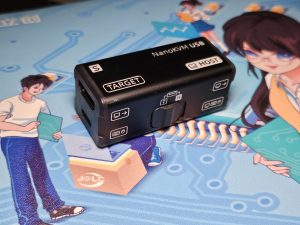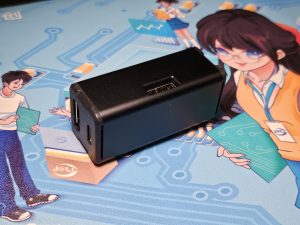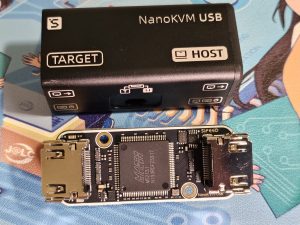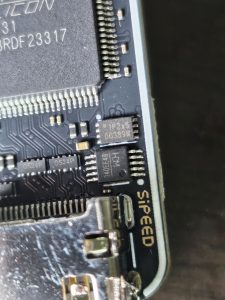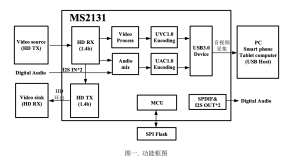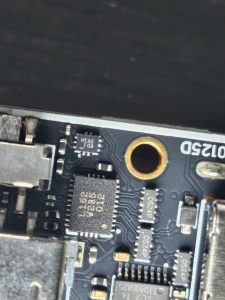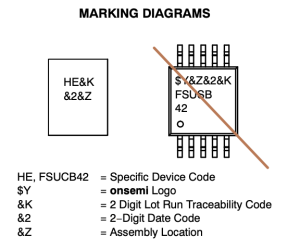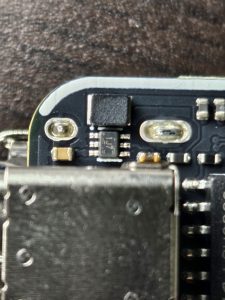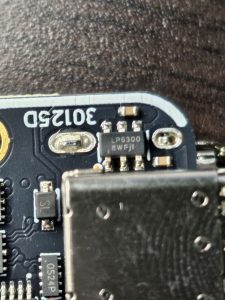NanoKVM-USB
Note: Not Nano-KVM. https://github.com/sipeed/NanoKVM
Appearance
Aluminum Case. Injection Molding caps.
HDMI and USB-C on both sides. One switch and one USB2.0 Type-A on side.
PCB
Top side.
Marcosilicon MS2131: USB3.0&2.0 Video capture, HDMI loop out. https://www.lcsc.com/datasheet/C42374501.pdf
Onsemi ESDR0524P, 3 pcs*3 groups: ESD Protection Diode https://www.onsemi.com/pdf/datasheet/esdr0524p-d.pdf
1P2xS 00389M: (?) Seems to be SPI Flash for MS2131.
WCH CH340E: USB2.0 to Serial transceiver.
Bottom Side.
WCH CH9329: Serial Port to HID Keyboard and Mouse Chip. https://www.lcsc.com/datasheet/C2838834.pdf
CoreChips SL2.1S *2: USB 2.0 HIGH SPEED 4-PORT HUB CONTROLLER. https://www.lcsc.com/datasheet/C2684433.pdf
VIA Labs VL162: USB Type-C Data Switch with CC Function for USB 3.1 Gen2. https://www.lcsc.com/datasheet/C19270896.pdf
Onsemi FSUSB42: Low-Power, Two-Port, High-Speed, USB2.0 (480Mbps) UART Switch. https://www.onsemi.com/download/data-sheet/pdf/fsusb42-d.pdf
MicroChip MIC5317: High Performance Single 150 mA
MIC5317-2.5YD5, Marking Code 1J7. NOTE: MIC5317 is SOT-23-5, this is SOT23-6.
LR5300 8WFj1: (?) Possible a low dropout regulator. Or ESD/CC.
Summary
The NanoKVM-USB uses the MS2131 chip for USB 3.0/2.0 video capture and loop-out. For keyboard and mouse control, it employs a CH340E USB-to-UART converter together with a CH9329 UART-to-USB chip.
On the host side, a USB-C 3.0 connection goes into a USB 3.0 Type-C hub, while the USB 2.0 path connects through a USB 2.0 hub before reaching the MS2131.
On the device (controlled) side, the USB-C port connects to a USB 2.0 hub. Both USB 2.0 hubs share a single USB 2.0 Type-A interface via a USB 2.0 switch.
Both USB-C ports support C-to-C cables, and it is suspected that the USB 3.0 hub is mainly included to ensure C-to-C cable compatibility.
